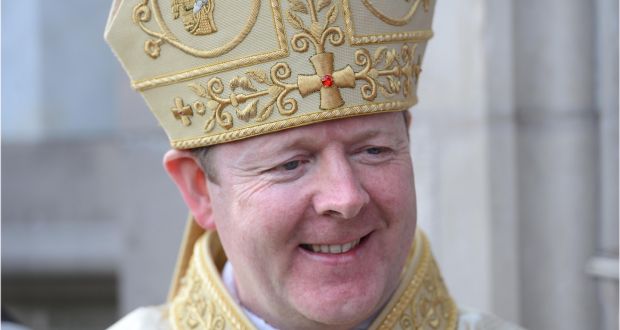“A new type of Church – more lay-led – will have to emerge”, writes Michael Kelly
Archbishop Eamon Martin recently said that priests and bishops need to get used to “letting go” of the central role in parish communities if faith is to be re-energised.
In many ways, it’s not an issue of choice: declining numbers of priests mean that clergy simply cannot be present in the way they were in the past. Parishes that once had three priests, are now reduced to one. When a current generation of Irish priests retire in coming years there will simply be no priests to replace them. Parishes without a resident priest will become the norm since there is no sign that the vocations crisis is abating – despite some sincere attempts to actually promote vocations to the priesthood.
One reaction in Ireland to the declining number of priests has been grouping or ‘clustering’ parishes in to ‘pastoral areas’ where maybe five priests have responsibility across seven parishes. In Dublin, it’s now common to have ‘co-parish priests’ covering a number of parishes.
Pilot project
In Germany, Cardinal Reinhard Marx, the Archbishop of Munich, is very hostile to the idea of clustering. He recently announced plans to allow lay people to lead parishes where there is no priest.
He recently told Munich’s diocesan pastoral council that it was important to preserve individual parishes as a way of guaranteeing the Church’s presence locally. He reiterated his belief that creating ever-greater parish entities by clustering parishes was not the way forward.
Cardinal Marx said his own pilot project was a reaction to the priest shortage, “but also to the fact that not all priests are in a position to lead parishes”.
What the German prelate says matters, because he is an advisor and confidant of Pope Francis. What the cardinal is saying publicly, he is likely discussing with the Pope in private.
Referring to the need to prioritise parishes, the cardinal said that “the local Church is most significant”.
“We would waste a great many opportunities if we were to withdraw from our territorial roots. It is a case of remaining visible locally,” he said.
One gets a sense of the scale of the challenge facing Munich in reflecting on the fact that only one candidate for the priesthood had come forward in the archdiocese this year. That’s to serve a diocese with some 1,759,896 registered Catholics.
Cardinal Marx said his experiment in Munich would involve volunteers as well as paid administrators (the Church in Germany is extremely wealthy). Paid pastoral workers are not a common thing in the Church in Ireland.
Dublin diocese has pioneered a programme appointing pastoral workers to parishes. Dublin priests tell me it has been a mixed blessing: where it works well, it works very well. Where there are problems, the problems are often huge. Some pastoral workers see their job primarily as answering phones and attending to administration rather than evangelisation.
Some priests, often lacking the experience of managing people, express frustration that the programme doesn’t work as well as it might in some parishes.
The future of the Church in Ireland will be very different, the absence of priests in communities will be more acutely felt in coming years. A new type of Church – more lay-led – will have to emerge. It would be heartening to think that we could understand this as baptised people responding to their call to be co-responsible for the Church, rather than filling gaps.


 Michael Kelly
Michael Kelly Archbishop Eamon Martin
Archbishop Eamon Martin 